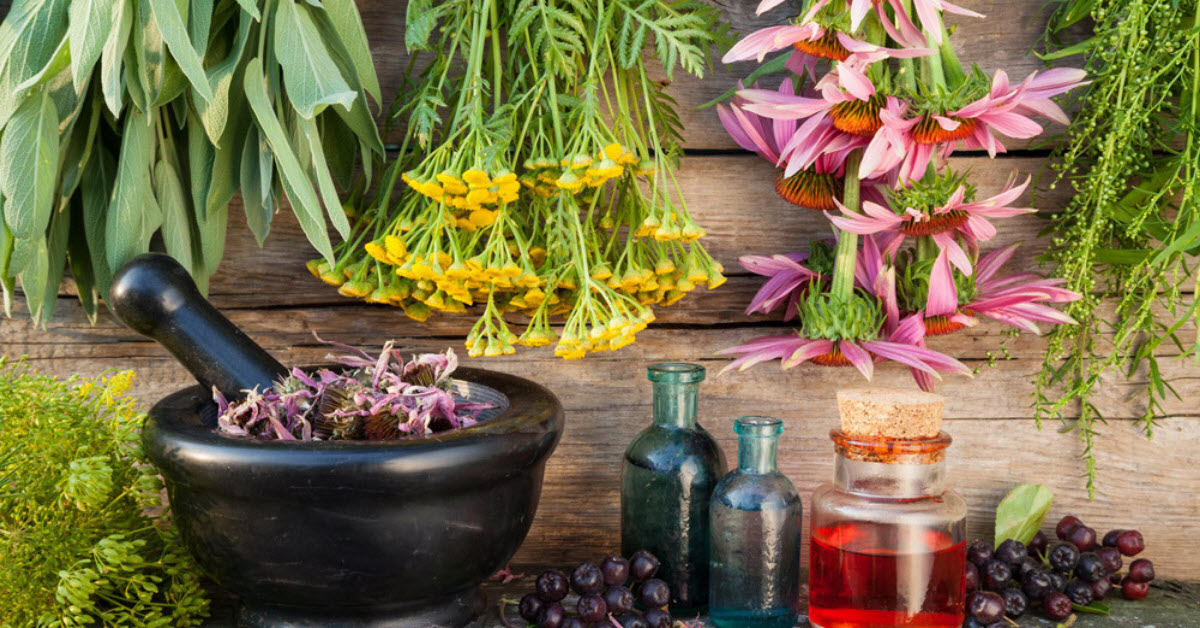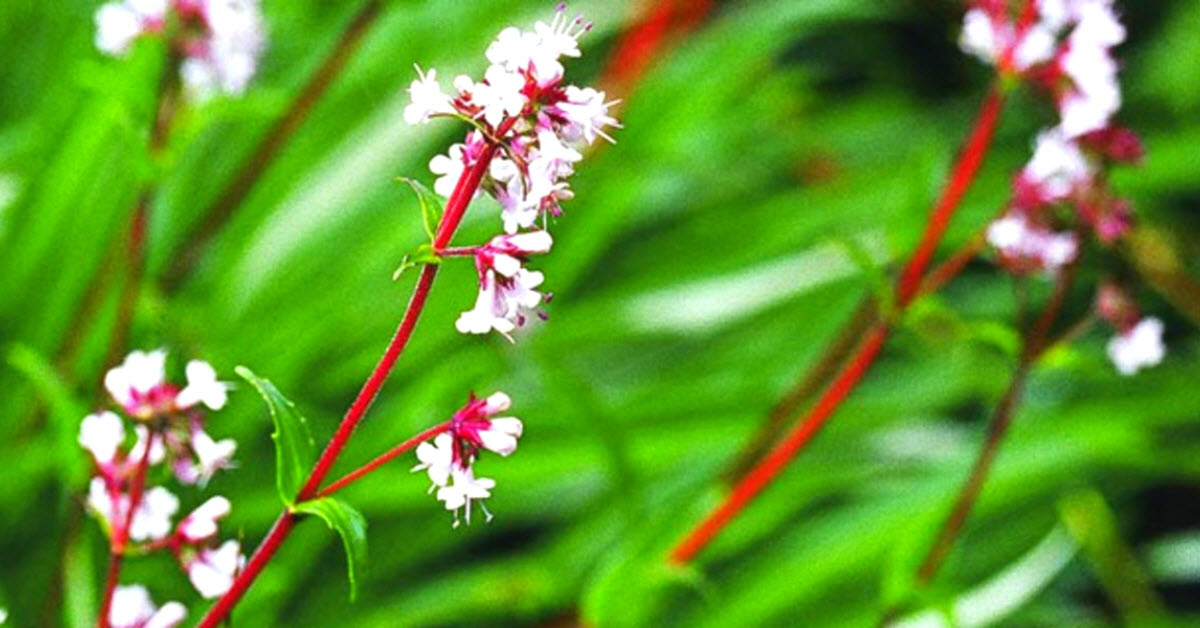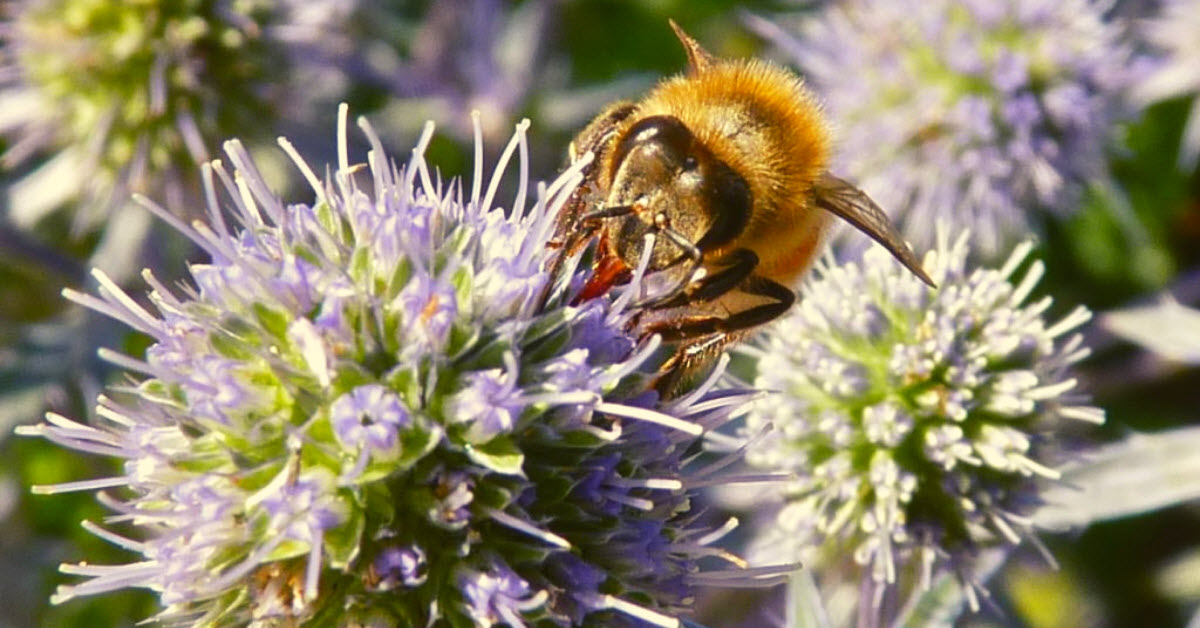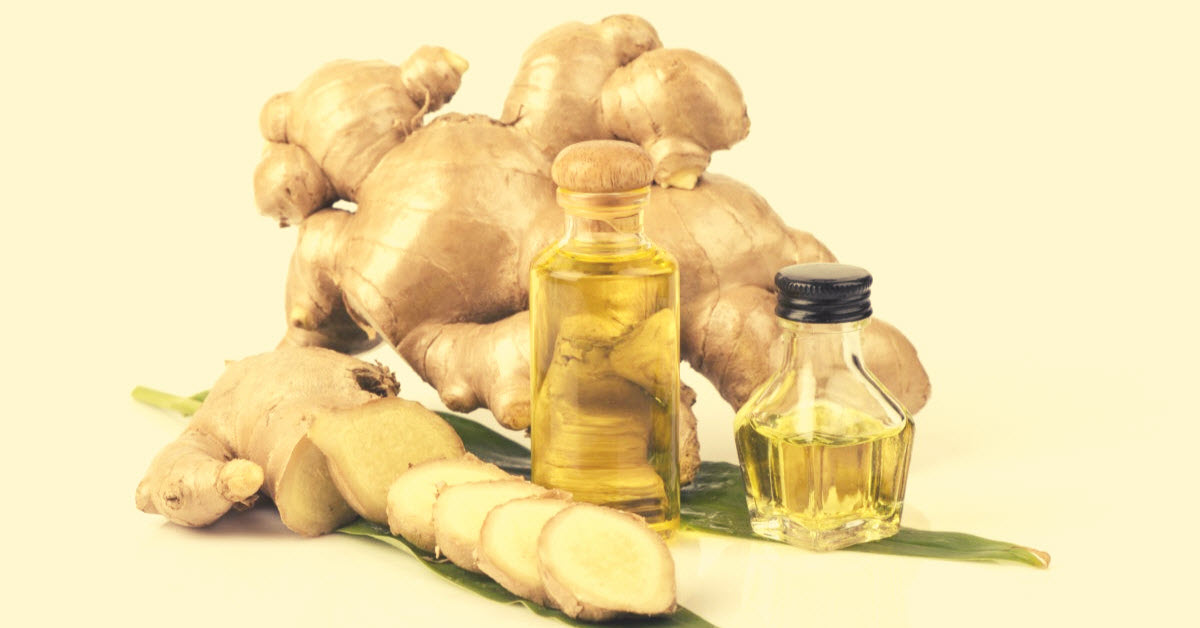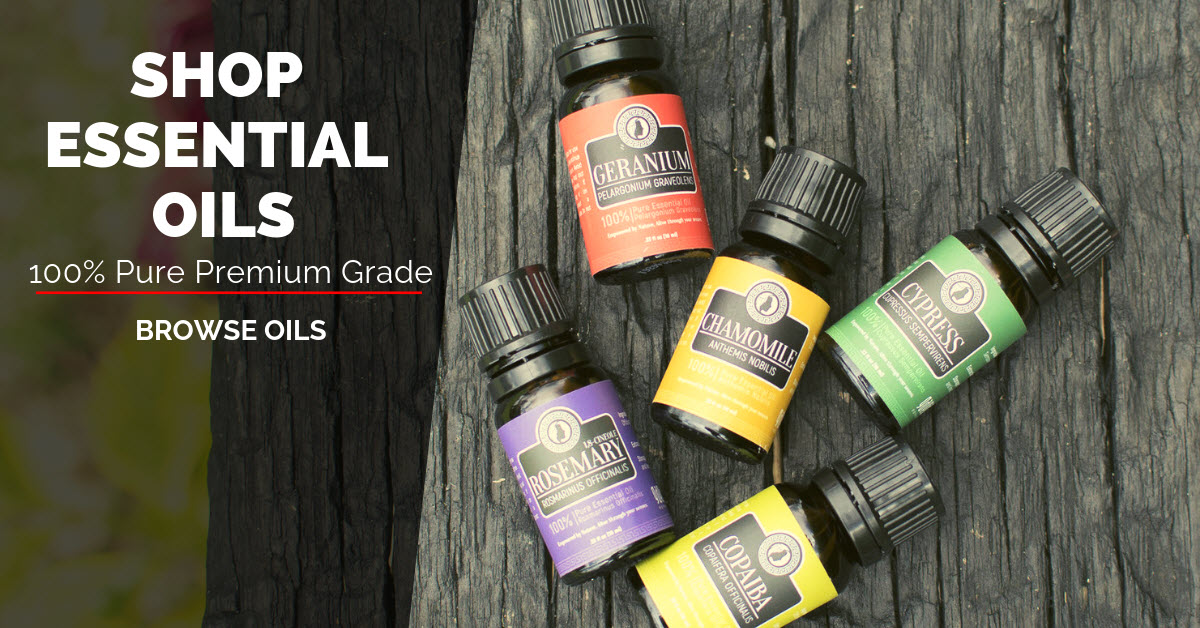“What Exactly Are Essential Oils?”
People who are new to this world love to ask this. And.. they are right! It can be confusing. Well…
The standard answer is “the concentrated essence of a plant”. And that would be right.
But where is the magic in that?
I’m bored already, aren’t you?
And if there is no magic, then how can there be any healing…?
So, why is there an essence in the first place?
Well, firstly essential oils are chemicals.
Natural ones, obviously, but that’s an important thing to remember. They are chemicals that the plant’s organism has made to make its life easier.
These secondary metabolites aren’t needed for the primary functions of respiration (in other words taking in nutrients from the ground and to actually grow), but instead the plant synthesized them to protect itself from predators and other things that might affect its every day life. On top of that, they need to find a system to make sure they perpetuate their species too.
Things that influence the chemistry might be drought, floods, a lot of manure in the soil, or not enough, for example. It might be they are too hot, or indeed they are under the shade of a tree and so struggle for light. Altitude, soil, weather…the list goes on and on.
Scientists used to think these secondary metabolites came about because the plant had no way of excreting them (and to be fair I haven’t seen plant toilets sign posted recently, have you?) but now a more popular theory has taken its place and it’s the one that convinces me and most other aromatherapists the most.
The Spikenard
I like to use the spikenard (Nardostachys jatamansi) plant as an example, because it has a very lonely life on the Himalayan mountainside. It’s a pretty little pink plant and it lives in very harsh terrain.
In the winter, it lives in freezing conditions and in summer the sun beats down fiercely and my little spikenard has absolutely no retreat. He shivers sadly, as the shepherds heard their sheep off the frosty the hillside, warm in their fleecy coats. Then, for a moment, he cheers as they return only then to swelter in the burning summer rays.
Then, if that wasn’t enough, as the sun comes out, he feels a stinging sensation as a caterpillar munches at his leaves. Yummy as he is (he used to be a medieval delicacy), el-caterpillo tells all anyone who will listen that this is a tasty morsel and they join him for lunch.
Poor, poor spikenard.
What can he do?
He can’t run!
But he must do something or by tea time, he’ll have been munched to death.
So, he creates warming metabolites for the winter, cooling ones for the summer and something bitter to encourage the caterpillars to go find lunch elsewhere. If he is feeling particularly mischievous he can let them eat and then create a tummy ache, or worse send contraceptive molecules to make the insect sterile. Even if he can stop this dinner, he is entirely capable of preventing onslaughts from children and children of the insect’s children.
This, of course is part of the reason so many oils have insect repellent qualities….
Because that’s what they are actually for…!
But there’s more.
One of the biggest challenges our spikenard has, is it doesn’t really get many chances to meet other spikenards. Being rooted to the ground, he can’t more round very much, and forget the problems that makes for a social life, it makes it fair near impossible to get laid.
Sex is vital to perpetuating the species, so this is a massive problem that needs to be solved.
So, he creates aromatic molecules, which he dispatches into the air to attract pollinators.
Spikenard likes bees and thrips, so he sends out specific molecules to attract them and down they come, trundle all over his pollen, cover their feet and wings and off they fly again…till they are attracted by the fragrance of another spikenard plant. They land, wipe their feet and hey presto, it’s date night in the Himalayas and the spikenard line is safe.
So, recap for a moment… he is sending nasty molecules to caterpillars, but seductive ones to the bees…
Now spikenard is pretty predictable in what time he’ll switch on his signalling. He wants day time creatures to spread his seed so as the sun warms him, he starts sending aromatic emails to the party.
Jasmine though…what do you expect about her signalling?
If you watch who visits, you’ll notice it’s moths who succumb to her seduction and she achieves that by enticing with evening communication molecules.
Astounding isn’t it?
Not only that, but plants also influence the color of their petals, the taste of the leaves and the smell they give out all by creating myriad different molecules.
Then, in the cases of some plants, they even despatch chemicals into the soil to prevent any other species germinating. They want the neighbourhood all to themselves, so they despatch contraception to ensure nobody else can take root.
As you’d expect, a lot of the plants that do that, we end up calling weeds. Many are listed on the invasive species lists because of their contraceptive properties; in effect these oils that many people tout as completely harmless were originally designed as biological weapons upon competing species.
Here is the crux of the safety disconnect. It’s very dangerous to think all oils are friendly, because in some situations, they are simply not.
What you are party to, when you smell that oil, is an entire secret signalling system between plants and insects. It’s a hidden conversation about who spikenard wants to interact with and who he really doesn’t.
So, next time you’re in the garden, notice the interactions happening on your plants.
You’ll likely notice there are several of a certain type on insect on each plant. You may have two or three species, but it is usually many of the same. They’ve zoned in on these aromatic molecules, which they are genetically programmed to like, so they can get what they want, (usually pollen) and are guaranteed spread it across to more of the same species, so the plant has the best chances of reproducing and perpetuating the next generation for the future.
Insect and plant living completely in harmony hand in hand.
The entire life process of the plant is shown in the chemistry of the essential oil. Not dissimilar, I suppose, to counting the rings on a fallen tree.
And it is the chemistry that affects the properties and the behavior of the oil.
More importantly, hopefully you are now starting to see how it impacts greatly on safety.
Side Effects And Main Effects
The first thing to consider is its effects.
You now understand there are hundreds, or in some cases thousands of chemical constituents in that one drop of oil. Every one of them has a job to do. So, where the doctor’s medicines have many side effects, essential oils don’t…
But they do have many main effects. There are two main reasons for that.
The first we can already see.
There are lots of molecules that do different things.
So, take ginger (Zingiber officinalis) for an example.
It:
- warms.
- stimulates.
- increases metabolism.
- focuses the mind.
These are all fantastic, but if you put that into contact of using a drop or two to warm the joints in a blend for rheumatism you also need to remember that you will be:
- very alert (fantastic),
- you will get hot (great, so long as you are not already having hot flashes or it’s the middle of summer)
- and your bowels are going to be looser too.
Again, these are not side effects…they are many different main effects.
The second point is that a solitary molecule will attach to a receptor in the body, and perhaps that receptor has many actions too.
Lavender (Lavandula angustifolia) affects serotonin in the body. Serotonin is the mood modulator, so has a part to play in how happy or calm we are, but it mas many more functions including digestion.
Oddly, even though it a neurotransmitter – and as such a brain chemical – 90% of the serotonin in the body is found and manufactured in the gut.
It’s a chicken and egg situation here.
Why does lavender stop your stomach doing somersaults when it calms the anxiety? Did it calm the anxiety or calm the gut and interrupt the synthesis of the chemical.
Potentially both.
Here’s just an odd throw away comment, from something I found out recently.
Plants also have dopamine and serotonin receptors too. They manufacture those chemicals in order to control their hormones during stressful situations too!
Now if that doesn’t blow your mind, nothing will.
At least, let’s understand them less as a commodity and more as a communication and a set of intelligent allies you can rely on when times get tough.
Hopefully too, you’ll see the importance of considering an essential oil as a multifaceted item with many different safety concerns!
Read next:

